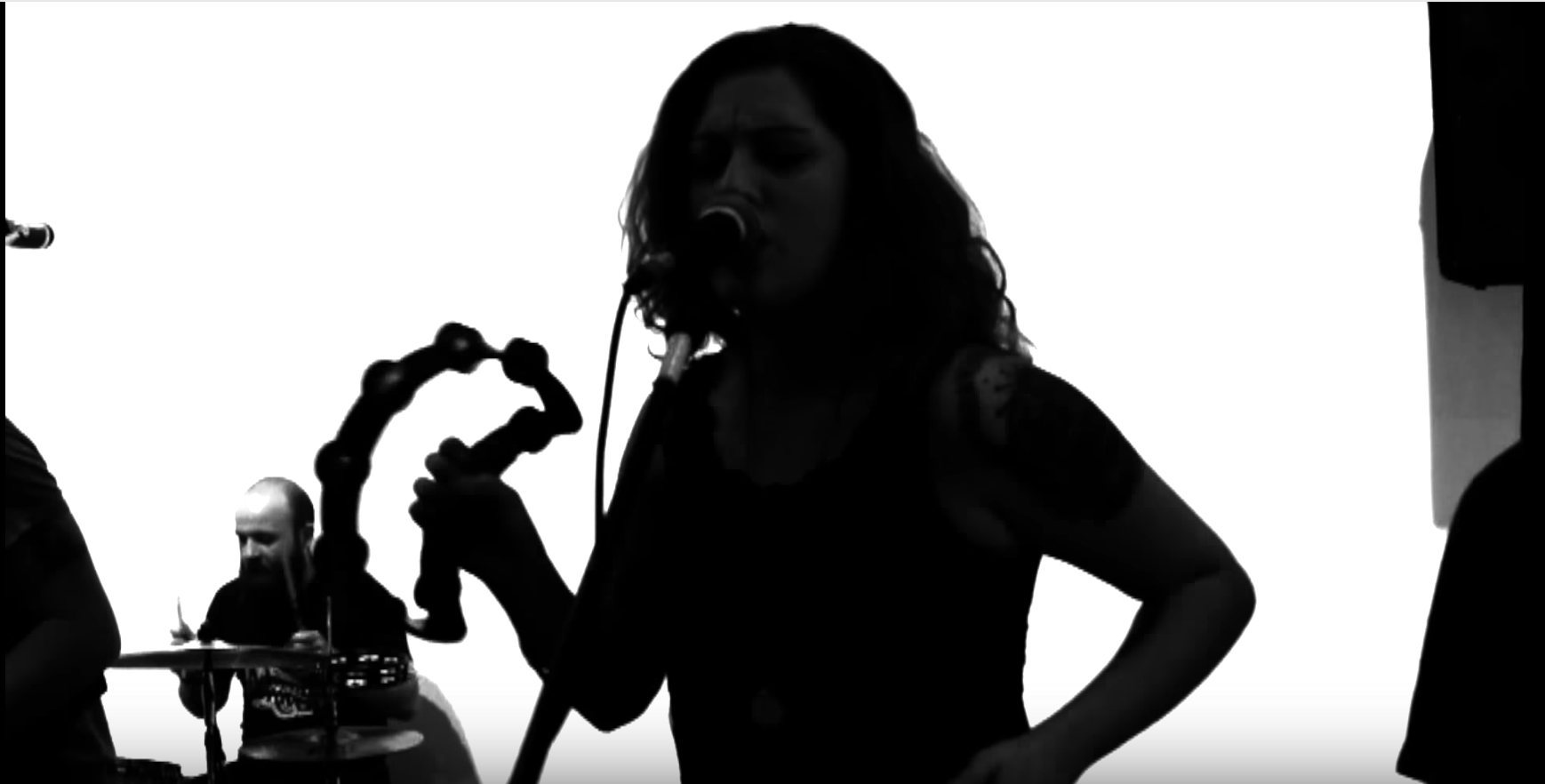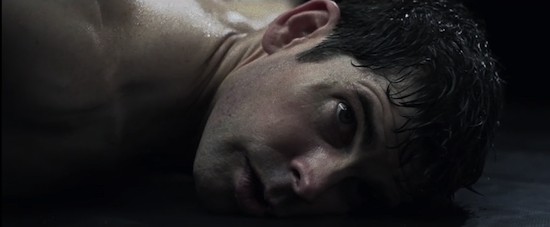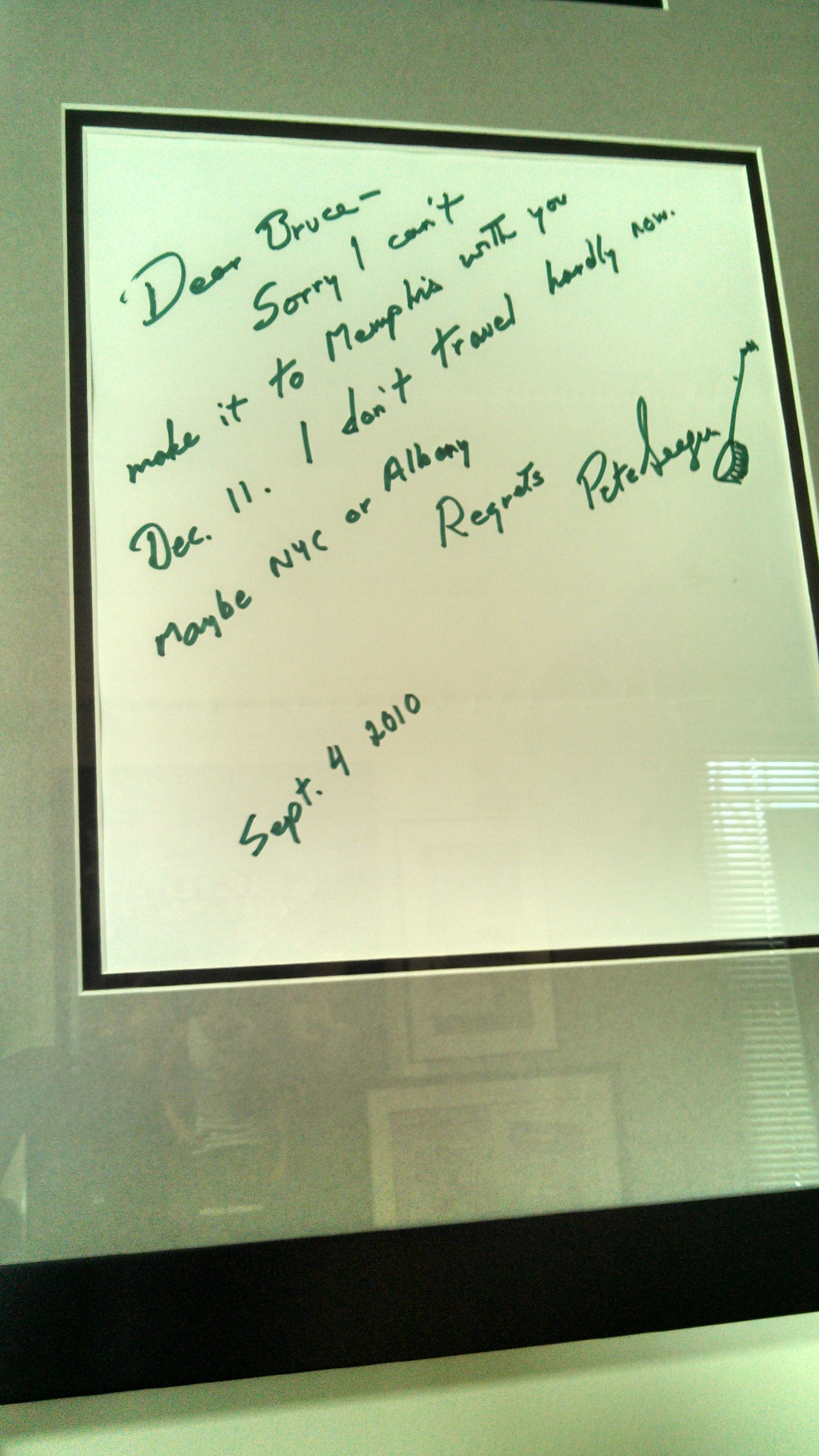The 62-year-old Bob Frank was born and raised in Memphis, where he attended East High School. He was also a cohort of Jim Dickinson and others on the city’s underground folk scene in the Sixties. After a high-profile eponymous album for Vanguard Records in 1972 went awry, Frank moved to Oakland, California, and basically retired from the record business, re-emerging with a few obscure, self-released albums earlier this decade.
The 27-year-old John Murry was raised in Tupelo, relocated to Memphis as a teenager, and made a name for himself on the local music scene via first-rate alt-country bands the Dillingers and his own John Murry Band. Murry was quickly recognized as a major talent but never lived up to his promise while in Memphis. He followed his new wife to San Francisco in 2003.
Though separated by a generation, these two musical underachievers and kindred spirits came together in California, making a mark this year with World Without End, an album of original murder ballads that received a positive notice in Rolling Stone and has garnered rave reviews, particularly, in British music magazines. This week, the duo returns home to perform songs from the album in Memphis for the first time.
“He came out here, and a friend of ours from back in Memphis, Don McGregor, told him to look me up,” Frank says, explaining the roots of this unlikely musical tandem.
McGregor was an old acquaintance of Frank’s from his days on the Memphis music scene and had befriended Murry in recent years.
“Don used to play a bunch of Bob’s songs, but I didn’t know that they were Bob’s songs,” Murry says. “When I got [to California], Don told me that this was where Bob lived. So I gave him a call, and we got together.”
The idea to do an album of murder ballads came from Murry, but after recording a few covers of traditional songs at Frank’s home studio, the duo decided to go in a different direction.
“When we started singing [those songs], they sounded too old and corny and moralistic,” Frank says. “So we decided to write new songs in the same tradition. They would sound like old songs and be from stories that happened or are part of legends.”
To do this, Murry and Frank drew partly from their own knowledge and experience. “Tupelo, Mississippi, 1936,” a tale of a black man who was abducted and lynched on the town square, is a story Murry remembers learning about as a kid. The murder took place in 1926. The “1936” of the title refers to a tornado — one of the deadliest in recorded history — that ravaged the city a decade later and, according to local lore, was predicted by the lynching victim before his death.
Similarly, “Madeline, 1796” is a Mississippi story that Murry already knew. It takes place at King’s Tavern in Natchez, which Murry visited as a child. In the story, which is believed to be true, the tavern owner’s wife finds out her husband has been having an affair with the teenaged Madeline. She hires two men to kill the girl, then poisons the men and has them all entombed in the tavern’s fireplace. In the 1930s, the fireplace was opened up, and the remains of three people were found.
Frank’s Memphis-set “Bubba Rose, 1961” is even more personal, recounting an event from Frank’s own teen years: “We were sitting ’round the table when Uncle Bud goes/’It’s a shame what happened to old Bubba Rose,'” the song begins.
“We were sitting in my grandmother’s house, over on Vance,” Frank says. “And Bubba Rose had actually grown up right next door to my uncle. We were sitting around the table eating dinner, and my uncle says, ‘That’s too bad what happened to old Bubba Rose.’ Then he told us about how [Rose had] gone to work and shot his boss and was in jail. This was the day or so it happened. I was in high school and didn’t know anybody who would shoot someone, but there’s this guy who lives next door to my uncle and who’s in jail for killing his boss with a shotgun.”

Bob Frank
Other stories came from research, usually by Murry, usually on the Internet. “Wherever we could find a good story,” Frank says.
On the album, Murry and Frank alternate lead vocals, with the songs Murry sings typically in first-person — sometimes in the voice of the murdered, sometimes the murderer — and Frank’s performances mostly third-person. In the CD’s liner notes, Murry and Frank include quotes from source materials referencing the stories behind the songs — from newspaper and magazine articles, letters, wanted posters, and other sources. In concert, the duo has fashioned these materials, as well as photos and other visuals, into a slide show that accompanies the songs.
“I wanted to do the record because of a personal fear of dying and of death in general,” Murry says of his interest in such morbid material. “I don’t intend to be that way. It has far more to do with fear than it does with a ‘costume.’ This isn’t like Nick Cave’s Murder Ballads record, which I’m not knocking. Okay, maybe I am in a way. I thought it was kind of silly.”
“John thinks like that,” Frank says. “Even his love songs come out like that. That’s how he is.”
Frank’s attraction to the concept was more about craft than compulsion.
“To me, it was an interesting way to write songs,” Frank says. “It’s fun to write songs like that, and it’s fun to sing them — to get into those roles. To me, that’s what it was, the art of it.”
Frank and Murry initially bonded, in part, over the contrarian impulses they shared as expatriate Southerners in California.
“I still hate California,” Murry says, more than four years after making the move. “I never wanted to come here, and I don’t like it at all. I’d much rather be [in Memphis]. But it eases it a lot to have Bob here. And I’ve certainly done more musically here than I ever did in Memphis. But I really hate California.”
Murry says that his liberalism has been challenged by the more strident variety California offers.
“I started reading a lot of [French philosopher Michel] Foucault when I got out here, and fascism exists on all sides of the political spectrum,” Murry says. “Just walk down the street in Berkeley and try to put a cigarette out on the sidewalk and see what happens. People [shouldn’t be] treated with dignity and respect because of a political stance. It [should be] about a whole lot more than politics. That’s something I’ve learned since I’ve gotten out here.”
Frank, who relocated to California full-time more than 30 years ago, is much more settled in his new home, but he identifies with his younger partner’s sense of dislocation.
“I remember back in the Sixties, I’d go back and forth between Nashville and California, and it was like two totally different cultures,” Frank remembers. “Nashville had that country music culture, and California was all the hippies. When I was in California, I’d think, I guess I’m not really a hippie. I don’t fit in here. I guess I’m more of a country musician. Then I’d go back [to Nashville] and think, I don’t fit in here. These guys are too slick. I think I’m more like a hippie or something. Wherever you are, you don’t think you quite fit in.”
World Without End has taken Murry and Frank on two brief European tours this year and will finally bring them back home this week, where the pair will perform at the Hi-Tone Café and at Two Stick in Oxford with an “all-star” backing band, including Tim Mooney of the San Francisco band American Music Club and Memphis-based friends and mentors Dickinson and McGregor. Local band J.D. Reager & the Cold-Blooded Three will open the Memphis show.
Up next could be a sequel that features original murder ballads written about contemporary stories, such as slain American journalist Daniel Pearl and American activist Rachel Corrie, who was killed in Gaza a few years ago by Israeli troops.
But taking the same approach to such immediate material could be risky.
“If we were to take modern stories and look at them with the same amoralism that we did with the older stories, I don’t know how pleased people will be,” Murry says. “But I think it’s more powerful to leave something completely open-ended, to the point that the listener is forced to think about it.”
Murry says he hopes World Without End taps into listeners’ fears rather than manipulating their emotions. “I hope that’s what this record does,” he says. “I hope it haunts people.”
John Murry and Bob Frank
The Hi-Tone Café
Friday, December 7th
Showtime is 9 p.m., admission $5






 Bruce Newman
Bruce Newman 
